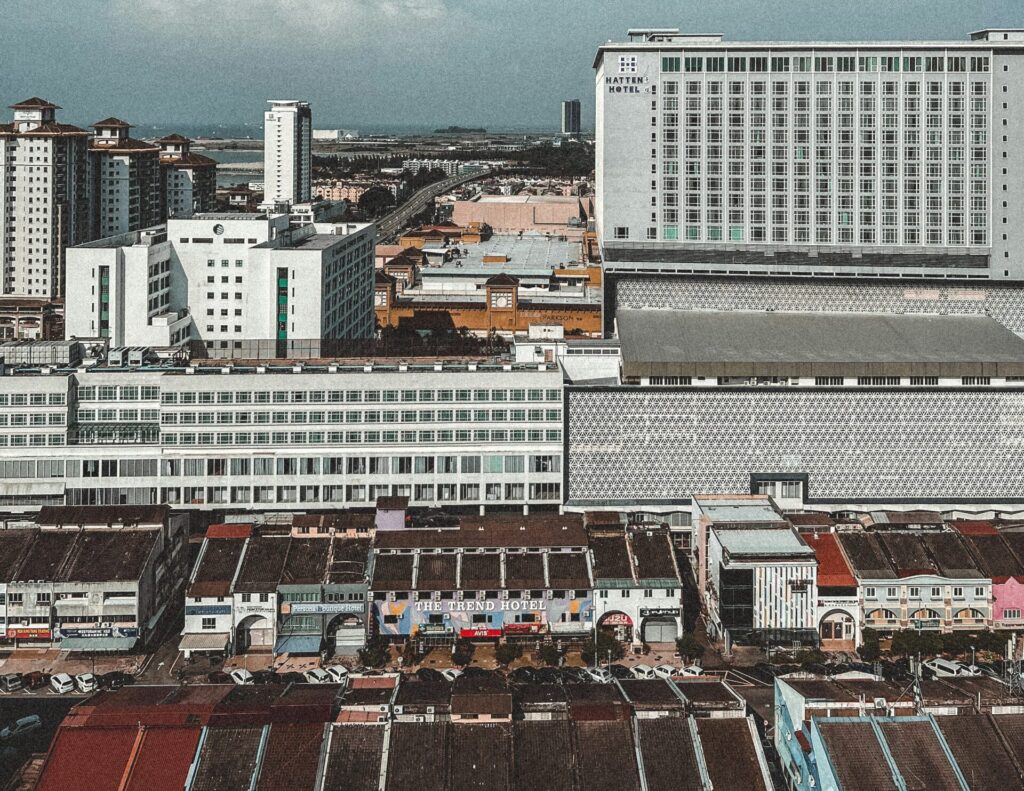Identifying Design Trends in Mass Housing Development
Mass housing development is a global phenomenon that provides a subtle indicator of population, urbanization, and economic growth. It centered itself in high volume production with effective costing and construction techniques, promoting adequate living within standardized conditions. However, the current situation witnessed issues regarding mass housing quality and performance, which urged a reassessment of its model, regulatory framework, environmental conditions, and urban impact.
Note that these contexts emphasize the design obsolescence risk gap caused by the deficiency of the modernist ideal. As such, this study provides insight into the emerging patterns and trends in the mass housing development literature that advocate its future design. Data were collected using thematic review (TR) analysis on 30 articles published in SCOPUS and WoS databases from 2018 to 2023. The findings demonstrate five design trend themes: Contemporary Lifestyle Program, Dynamic Permeable Territory, Systemic Adequacy, Regional Energy Efficiency, and User Experience Design.
These trends contribute significantly to the need for socio-spatial integration within mass housing design and its impact on urban territories, which helps improve environmental performance and innovate technological change beyond the existing IHS method. Consequently, the result also suggests that future studies in mass housing design should be able to redefine new habitational frameworks promoting contemporary needs and lifestyles that are substantially neglected today.

Also Read: Acquisitions for Affordable Housing: Creating non-market supply and preserving affordability
